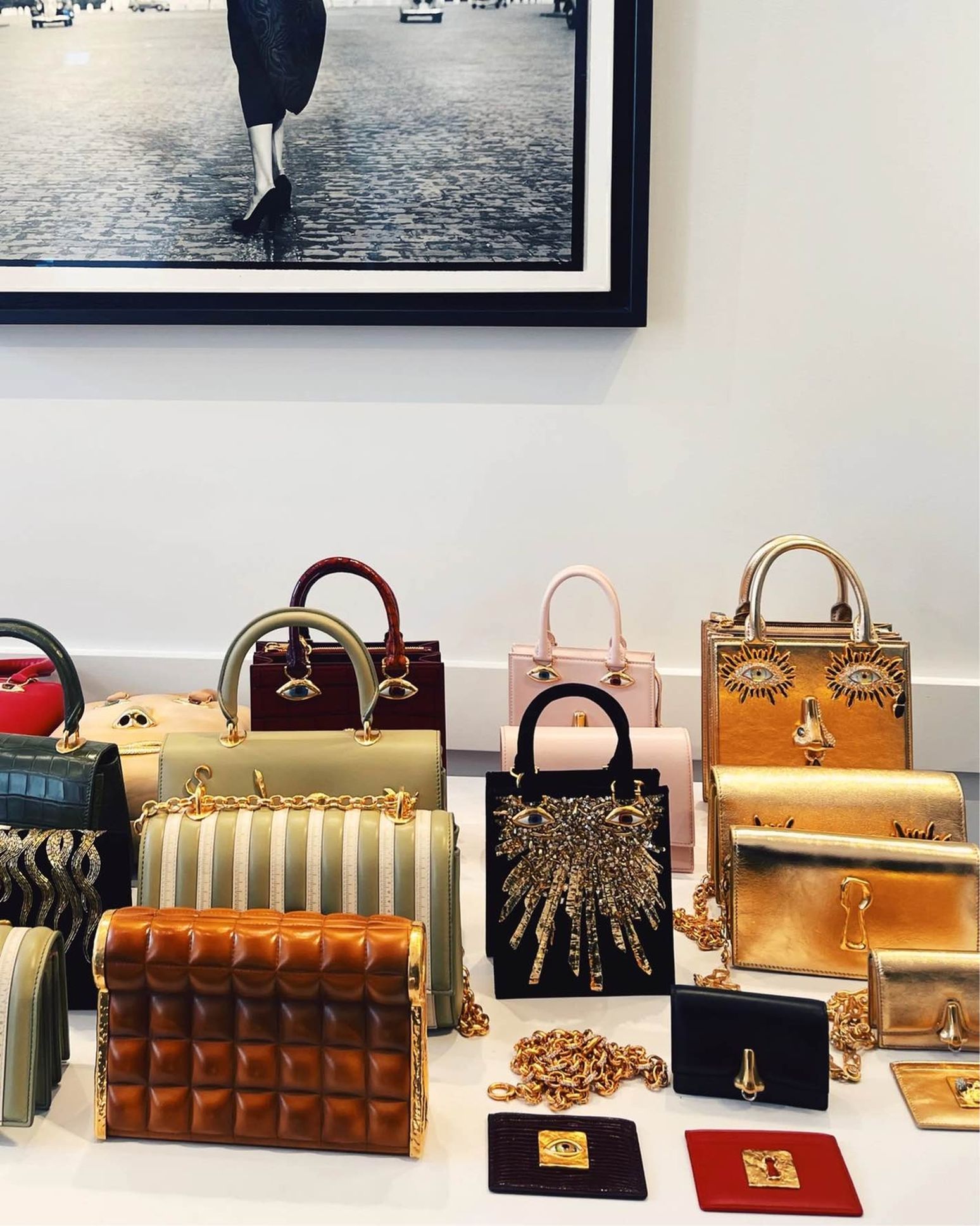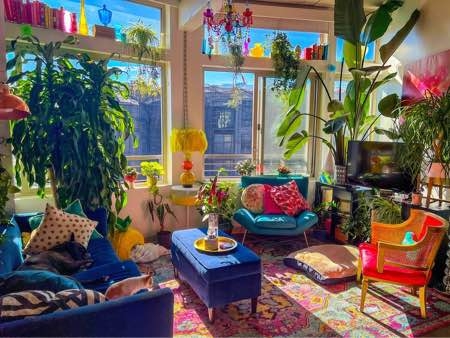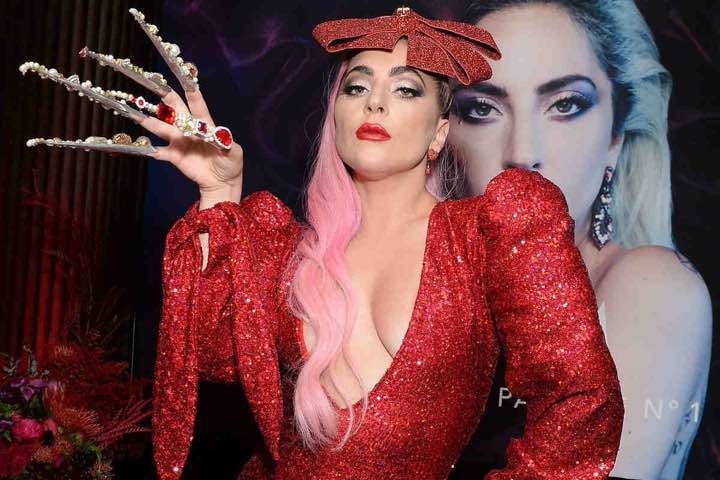Minimalism seems to be giving way to abundance. From design to clothing, content dedicated to the aesthetics of excess is increasing on social networks. But why?

After years of neutral colors and simple lines, the maximalist style it seems to be making a comeback as a reaction to the subtraction trend. The origin of this aesthetic in fashion is Japanese street style, which offers outfits characterized by exaggerated layering, bold silhouettes and an unmistakable approach to clothes, difficult to replicate without fail. The keywords are volume, matter, pastiche and flamboyant. In order to infuse a touch of theatrics into every look, a keen eye is needed to create the perfect mix of materials, patterns, fabrics and accessories. Even if excesses and exuberance are often understood as synonymous with kitsch.

THE EXPONANTS OF MAXIMALISM IN FASHION
The stylist Christian Lacroix, who left his mark on the fashion of the eighties and nineties thanks to clothes rich in color and sophistication, is among the main exponents of maximalism. Exactly ten years after his last show at Paris Fashion Week in 2009, the fashion designer is back in the limelight thanks to the collaboration with the Belgian designer Dries van Noten. Together they presented the spring-summer 2019 collection, which combined the influences of northern Flanders and the liveliness of southern Provence, resulting in an unexpected but impactful crossover. Lacroix’s latest collaboration dates back to 2020, together with the Spanish brand Desigual for the fall-winter 2020 collection entitled Where is the real Monsieur Christian Lacroix?, which is inspired by the couture shows of Lacroix and its iconic flower throws on the catwalk. Flowers are the constant of the collection, re-proposed in coppery shades to adorn dresses, cloth coats, duvets, printed trousers, shirts on black backgrounds. Another exponent of maximalist aesthetics is undoubtedly Elsa Schiaparelli, pioneer of maximalism thanks to macro accessories, surrealist inspirations and colors that were innovative at the time such as shocking pink. Today, under the guidance of Daniel Roseberry, the fashion house is experiencing a golden moment, dressing international celebrities such as Bella Hadid, Adele and Cardi B. The ready-to-wear collection of the maison for autumn-winter 2023 is in fact an explosion of creativity between masculine fabrics, neutral colors, the already known Face Bag and the new one Schiap Bag: a quilted baguette embellished with embossed details. Yet for many of her, Lady Gaga remains the true icon of maximalism, as evidenced by her choice to wear a Schiaparelli dress for her performance during Biden’s inauguration.
The content continues to follow

MAXIMALISM IN DESIGN
Gen Z proudly experiment with the expression of their identity, leading to a cultural shift that is reflected not only in fashion, but also in interior design with the use of organic shapes with overly saturated hues. Taking any detail to extremes with the motto “Less is a bore” by architect Robert Venturi: from shades and textures to materials and shapes, lively personal spaces are created, full of visual stimuli and bold colors. The interiors become full of personality thanks to the right amount of accumulation of plants, paintings, collections and souvenirs. Now much of the furnishings are approaching the Memphis movement and to the new postmodern styles. Because maximalism is a way of living, of thinking and of reconsidering objects, bringing back into vogue elements that had in the past been discarded as kitsch, or trash, by the dominant culture. Considered as an act of rebellion by the very young against the older generations, the art of excess attracted the attention of many during the first lockdown thanks to lively and stimulating environments, rather than aseptic or cold.
The reason? The possibility of creating unique spaces for individuals, where the rooms become archives of personal interests, hobbies and precious memories. Creating your own space where you can be yourself.
Lara Gastaldi

